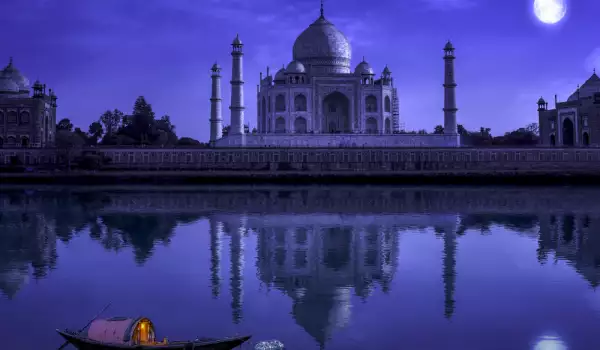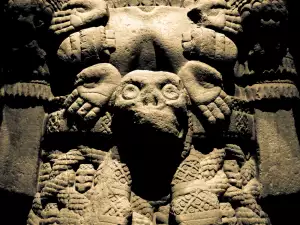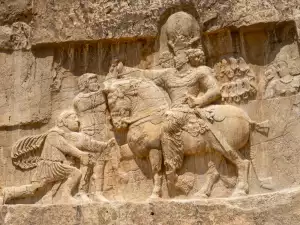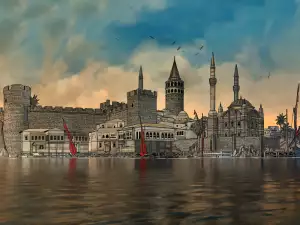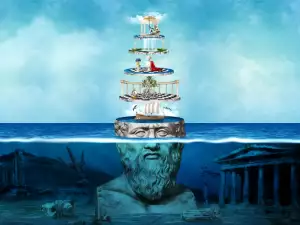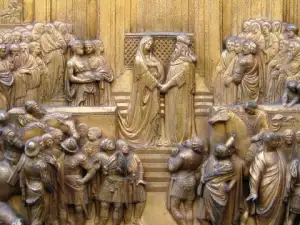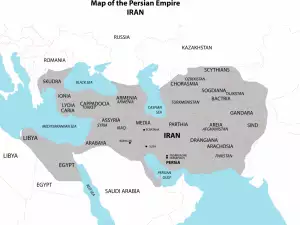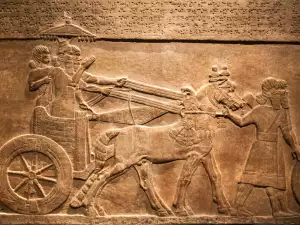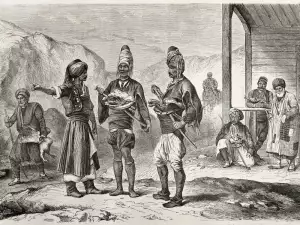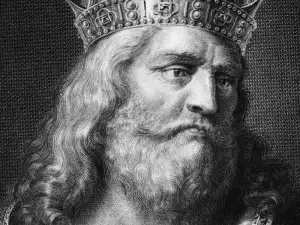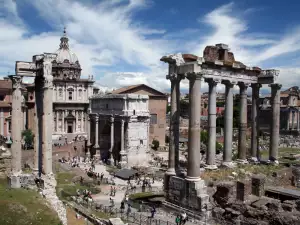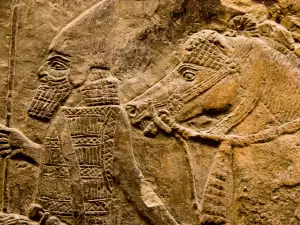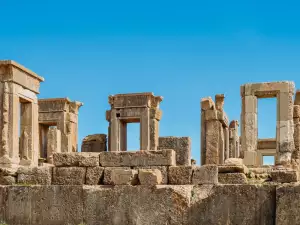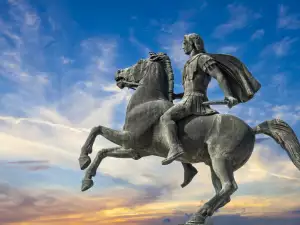The Ganges River Valley is often called the Cradle of Civilization, because it is there that humanity created the first states on the world map. Therefore, history studies with great interest the heritage left on the territory of modern India, by the peoples who once lived there.
One of the brightest pages in this history is the era of the Great Mughals, who created a truly unique empire, which united nations and reconciled people of different religions.
Nothing like it had existed before on the ancient land of India and this fact arouses all the more interest in the fragments, which remain of that country.
Surprisingly, historians claim that the Mughal dynasty, which ruled the Indian subcontinent for three centuries, was created entirely by chance. Under certain circumstances, the historical spiral would turn in a different direction. Historical development, however, has its own logic, which suggests that events developed this way and today we can admire what was created by the powerful empire.
Historical summaries of the Great Mughals
Why Mughals and why great? This is the first question asked by anyone who learns about the empire of the Middle Ages in the territory of India.
The Mughals themselves never called themselves that. This name was given by the local population to the conquerors. The Muhgals were the name given to the inhabitants of Moghulistan, which included northern India and southern Central Asia.
Hence the name of the dynasty, which was adopted and used by the British, so it prevails in historiography.
Afghanistan today has a small population of only about 2, 000 people who speak an archaic dialect of the Mongolian language and call themselves Mughals. These are the descendants of the army of the conquerors, that is, the army of the Great Mughals.
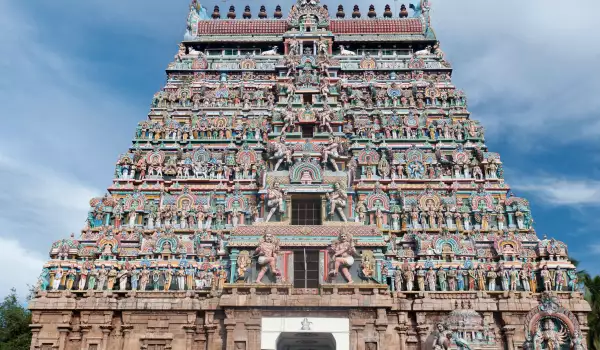
The Great Mughals were an empire created by the Turks after conquering India and the lands around it in the 16th century. The Mughal Empire was an extremely rich country. Its sultans wallow in opulence and at the same time cannot break the web of palace etiquette, of pride, ambition and power struggles.
Creation of the Mughal Empire
What enabled the creation of the Mughal Empire, who was part of the empire and what events preceded it?
This famous country was created by different tribes of Central Asia. The representatives of Turks, Mongols and other ethnic groups, led by Babur, entered the territory of modern India and managed to stay there for about 300 years.
During the Middle Ages, there was no strong state on the territory of India. Under the authority of one or another ruler, small, numerous states are formed, which usually disintegrate after the death of that ruler. They fail to create a lasting union, because they are not ready for dialogue.
In the 5th century, various foreign tribes began to invade the territory of India, but they also failed to gain a foothold on Indian soil. Nevertheless, attempts continued throughout the century.
In the 6th and 7th centuries, there were the first attempts at state unification, but they were all unsuccessful.
In the 11th century, Muslims took advantage of the conflicts of local rulers and entered India, seizing a lot of land. Two centuries later, the Delhi Sultanate was established, with its capital at Delhi.
Almost all monuments of local Indian culture were destroyed, mosques were erected in place of temples and shrines.
The Muslim army was so powerful that it managed to put up a worthy resistance to the Mongols in the 13th century. However, after 100 years, Tamerlane managed to shake the resistance of the Sultanate and this was a prerequisite for the success of the Mughals. In the first quarter of the 16th century, the sultanate had already lost part of its territories and was mainly centered around the capital city of Delhi. It became the foundation on which the power of the Great Mughal Empire was built.
At the same time, in the 15th and 16th centuries, the state of Vijaya and the Muslim Bahmanid Empire existed in South India.
In 1498, the Portuguese first appeared on the coast of India and established themselves on the west coast. Vasco da Gama goes around Africa and arrives at Calcutta, discovering the sea route to India. The Portuguese established their dominance after battles with their rivals and by 1510 they already had a garrison there. This is how the Europeans penetrated into India as well.
In such a historical situation, at the beginning of the 16th century, on the remains of the Delhi Sultanate, Babur Zahir ad-Mohammed (1483-1530) created a new powerful state, the empire of the Great Mughals.
The original founder, Babur, was a descendant of Genghis Khan on his mother's side and of Tamerlane on his father's side. At first he was the master of a small domain around Fergana in Central Asia.
Babur was deprived of his territorial inheritance in Central Asia and turned to the Indian subcontinent to satisfy his ambitions. He shows that he is a worthy successor of his great ancestors and only of for 14 years he undertook a campaign against the Delhi Sultanate. He has a small army of only 20 thousand men, but he has military talent and creates wonderful artillery.
In 1526, Babur's army defeated the Delhi army at the Battle of Panipat and the following year, after defeating the Rajput forces, he ascended the throne in Delhi. This was the beginning of the Mughal Empire.
The boundaries of Babur's empire in the best of times stretched from Kabul to Bengal. The very name Great Mughals was given by the Europeans, delighted by the immense wealth of the empire.
The Great Mughals ruled India from the 16th to the 18th centuries and their territories included both modern India and Afghanistan. Fifteen sultans emerged from this dynasty. Not everyone is remembered for their great deeds.
One great conqueror remains legendary - Akbar, who is considered the true founder of the dynasty, as well as Shah Jahan, who built the Taj Mahal.
Akbar, also called the Great, was the grandson of Babur. With wars and diplomatic means, he expanded the territory of the empire, created a ruling elite that was loyal to him, developed culture and trade with Europeans.
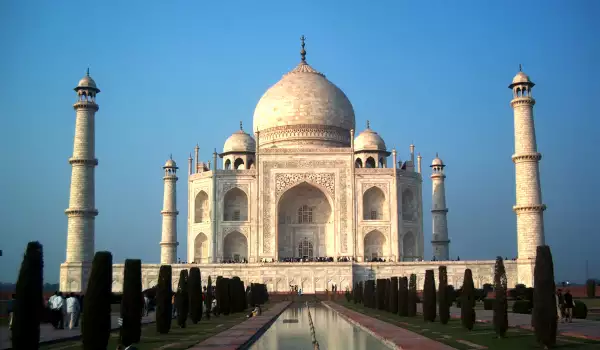
Akbar gave freedom of religion and smoothed over the cultural differences between the subjects. He leaves behind a strong country with a stable economy.
Under Akbar's grandson, Shah Jahan, the magnificence of the Mughals reached its peak. Living proof of this is the Taj Mahal, a pearl of empire architecture. However, the costs are so significant that they exceed the enormous capabilities of the rich empire. The extravagance of the ruling dynasty inevitably leads to decline and a series of management decisions leads to chaos. Attempts to restore the power of the empire under Shah Jahan's successor were short-lived.
The end of the Mughal Empire
The Great Mughal Empire was constantly attacked by various tribes and people, as well as by Europeans trying to conquer India.
In 1858, an uprising broke out by Indian mercenary soldiers, sepoys and then Britain captured Delhi, which was only a pale copy of the once great empire.
The last Great Mughal - Bahadur Shah, was exiled and died in Rangoon in 1862. This officially ends the Great Mughal Empire.
